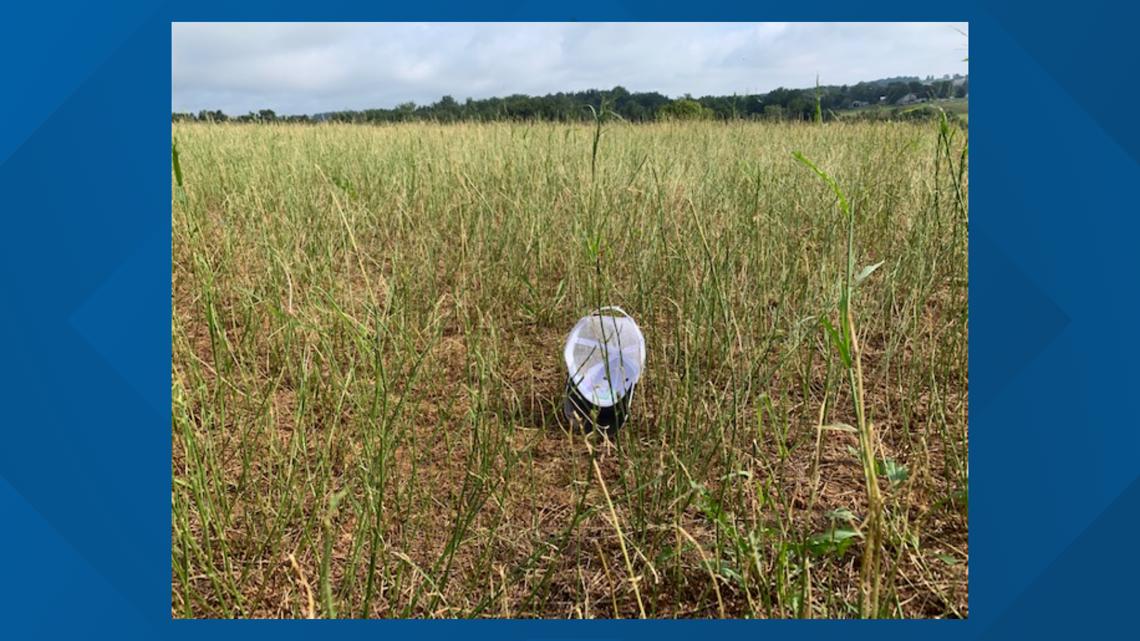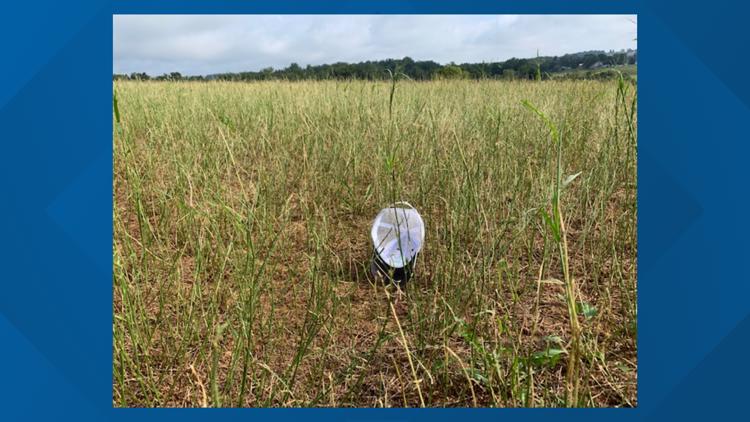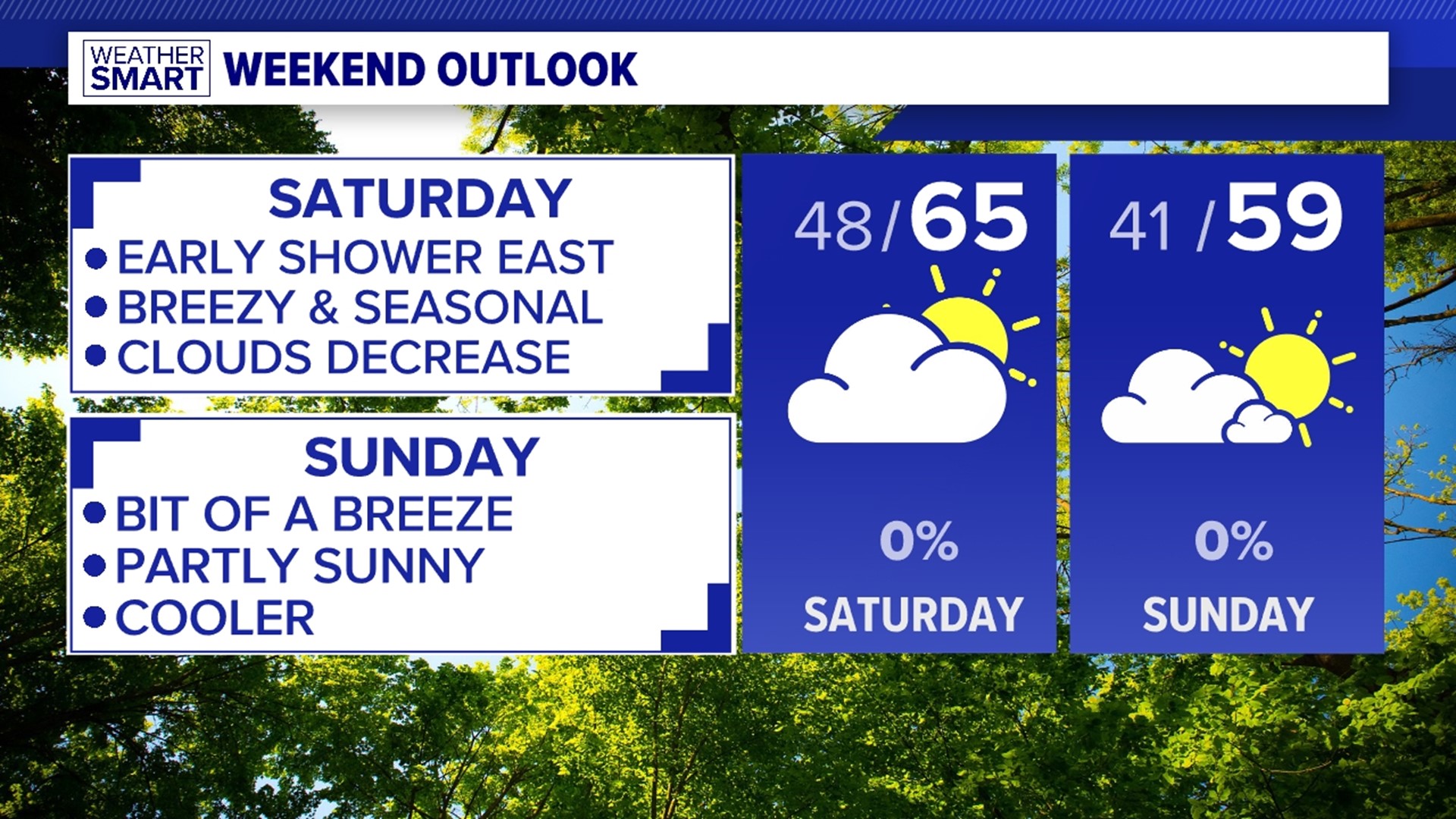YORK, Pa. — A small, dark-colored caterpillar called the Fall Armyworm is destroying pastureland and turf from Oklahoma to Virginia, north to Ontario, and right here in South Central Pennsylvania.
Penn State Extension Entomology Specialist Dr. John Tooker tells FOX43 that the state has never seen damage like this before.
“According to anyone I’ve talked to, I’ve been in Pennsylvania for about 20 years, and some colleagues that have been here longer have never seen it, so it seems to be an unprecedented outbreak of fall armyworms this year," says Tooker.
More than 120 farms in Adams, Cumberland, Franklin, and Fulton counties have contacted Penn State Extension about the problem.
Damaged fields have also been reported in York County.


"Pretty much south of Red Lion, between Delta and Aireville, kind of a hot bed seems to be in that Aireville area, and it will pretty much wipe out a grass hayfield," says Ben Hushon, a certified crop advisor based in York County.
Brittany Clark works for Penn State Extension and is based in Franklin County. Clark tells FOX43 in a statement that she's worried about the impact these infestations could have.
She says in part, "I believe that many new seedings of alfalfa, grass hay, and cover crops are a total loss – posing a financial strain on these local farms that have invested time and money in getting these fields established."
Armyworms come from moths that migrate north into the region ahead of storms this time of year. Once hatched, the caterpillars begin feeding on turf, hay, and other types of grasses and destroying everything in their path.
“These things are called armyworms because they march en masse to the next food source," Tooker tells FOX43. "So if they’re done with your lawn, for example, they’ll march across the street to your neighbor’s lawn and start feeding there.”
If you start to see multiple caterpillars feeding in one location, it is likely the fall armyworm. Tooker suggests to contact your local Penn State Extension for tailored advice for your situation.
However, if your field or yard is already damaged, your options are more limited.
“They are multiplying fast… the only way this ends, now that they’re here, is Mother Nature with a heavy frost or a freeze," says Hushon.


